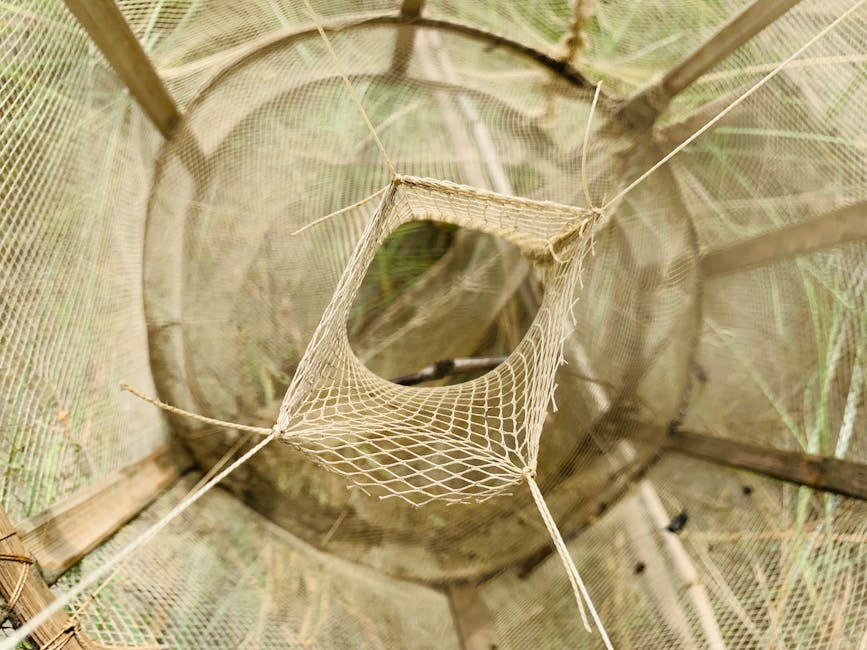Embrace Local Wisdom: Eco-Conscious Resilience Strategies
In a world increasingly aware of climate change, the concept of eco-conscious resilience emerges as a beacon of hope. It calls upon us to rethink our adaptation strategies regarding sustainable living. Central to this dialogue is the intertwined relationship between ancient knowledge and contemporary practices. As we navigate the complexities of climate adaptation, tapping into local wisdom becomes not just an option but a vital necessity. Embracing these age-old techniques can guide us towards sustainable living that aligns with our environment and enriches our communities.
Understanding Eco-Conscious Resilience
Eco-conscious resilience is not merely about surviving climate challenges; it is about thriving amid them. This concept emphasizes the importance of embracing local traditions, indigenous knowledge, and community-driven strategies in our adaptation processes. Louis Pasteur once said, "Science knows no country," yet, one could say that sustainable living knows no borders. From the intricate systems of agroecology to ethical fishery practices, local communities hold invaluable wisdom that can inform and enhance modern climate action efforts.
For instance, cooperative farming, a practice deeply rooted in many traditional cultures, exemplifies the idea of sustainable farming that cares for the community. Not only does it produce food, but it also fosters social ties and strengthens local economies. In this way, communities become resilient through shared responsibility and resource management. As we examine different cultural approaches to sustainability, we can glean powerful insights on enhancing eco-conscious living.
The Role of Local Wisdom in Sustainable Living
When we think of sustainable living, it’s easy to get caught up in the latest technologies and trends. However, the resilience derived from local wisdom often lies in practices that have withstood the test of time. Cultivating a family garden using native plants, for example, can fortify food security while preserving local biodiversity. These gardens not only serve as food sources but also foster an appreciation of natural ecosystems. By embracing local stories tied to these plants, communities solidify their identity and engage deeply with their environment.
Additionally, micro-gardening—a trend that has seen a resurgence—offers another example. As urbanization continues to dominate landscapes, the need for greening urban spaces is paramount. In a city filled with concrete, the little patches of green can serve as havens for biodiversity, creating spots where nature and humanity can coexist harmoniously. Such urban biodiversity initiatives can enhance climate resilience by offering habitats for wildlife and contributing to cleaner air.
Want to learn more about how to embrace gardening in an eco-conscious way? You can explore our resource on upcycled gardening for eco-friendly spaces.
Climate Adaptation: Integrating Traditional Practices

Adapting to climate change may require a multifaceted approach, and integrating traditional wisdom into modern strategies can provide vital insight. Indigenous practices often showcase a deep relationship with nature, ensuring that their land remains productive without overexploiting resources. For example, ancient agricultural techniques, such as the Three Sisters approach used by Native American tribes, demonstrate how companion planting can enhance crop yield while enriching the soil.
This is not a relic of the past. The scientific community has recently recognized the efficiency of polyculture systems, which mimic nature's diverse plant communities. By observing traditional practices, we can derive methods that not only increase ecological harmony but also inspire new agricultural models.
Exploring how ancient folklore informs modern practices can be both insightful and enjoyable. You can read more on that in our piece about ancient folklore and how it continues to guide us.
Resilience Through Community-Centered Approaches

Creating eco-conscious resilience is not solely about individual actions. The collective strength of a community can harness diversity to create sustainable solutions supporting local ecosystems. Participating in local initiatives—whether it’s community gardens, farmer’s markets, or composting programs—cultivates a sense of belonging and responsibility.
Research from organizations like the Harvard Business Review emphasizes that organizations where members feel more connected and valued are more likely to innovate. Translated into the context of sustainable living, when communities engage in resilient practices together, they empower themselves to create lasting impacts on their local ecosystems.
Consider hosting a bio-blitz in your backyard, where community members come together to catalog local biodiversity. Not only does this increase awareness of local species, but it also builds a network of individuals invested in protecting their surroundings. For guidance on setting up such initiatives, our blog on hosting a bio-blitz can provide valuable insights.
Transitioning from Modern Consumerism to Resilient Practices

In a world driven by fast consumption, shifting to a mindset of resilience means detaching from excessive consumer habits. Embracing slow consumption practices can play a pivotal role in sustainability. Mindful minimalism, for instance, encourages us to prioritize quality over quantity. By supporting local artisans and choosing timeless, durable items over disposable goods, we contribute to a circular economy that emphasizes sustainability.
Slow fashion is another vital concept that acknowledges the environmental cost of textile production. As individuals, we can pave the way for a responsible wardrobe by opting for clothing made from sustainable materials or engaging in upcycling.
To dive deeper into how we can embrace sustainable style, check out our informative article on building a zero-waste wardrobe.
Leveraging Modern Science with Ancient Knowledge

The synergy between traditional ecological knowledge and modern scientific understanding can lead us to innovative solutions for modern challenges. For instance, biomimicry—looking to nature’s designs and processes for inspiration—has become a focal point in sustainable engineering.
One promising area is harnessing ocean energy, which has the potential to serve urban power needs sustainably. By observing natural systems and applying those principles to tech, we create pathways for renewable energy solutions that respect their origins in sustained ecosystems. You can discover more on this topic in our blog about harnessing ocean energy.
Cultivating Eco-Conscious Habits at Home

The journey toward sustainable living often starts at home, where small changes can yield significant results. Indoor plants, for instance, can contribute to cleaner air, while their aesthetic presence enhances mental well-being. Understanding the science behind how plants purify air opens up a dialogue on the importance of incorporating nature into our living spaces. To explore this fascinating connection, check out our guide on how indoor plants can benefit your home.
Furthermore, adopting habits like composting waste, reducing water usage, and going plastic-free can transform households into eco-friendly sanctuaries. Frequently revisiting our consumption patterns can lead to a delightful realization: the smallest adjustments can evoke a larger cultural shift.
The Intersection of Sound and Sustainability

What if the secret to a sustainable future lies in the sounds we hear? Soundscapes of sustainability invite us to think about how our auditory environments impact our emotional and physical well-being. Creating acoustic designs in our homes that resonate with nature’s sounds can enhance our connection to the environment while promoting tranquility.
Research suggests that sounds from nature can reduce stress and enhance one's focus—elements essential for a more fulfilling eco-conscious lifestyle. Learn how to integrate sound into your sustainable living practices by visiting our discussion on the hidden power of sound.
Continuous Learning and Community Engagement

Navigating our eco-conscious journeys requires ongoing learning and community engagement. Whether through workshops, local seminars, or online platforms, sharing knowledge and techniques is critical. Sustainable living is a cooperative endeavor that flourishes through shared experiences.
Participating in urban foraging, for example, encourages individuals to learn about local edible plants, promoting both physical and ecological health. Engaging with nature offers hands-on lessons that strengthen our ties to the earth and each other.
Explore our insights on urban foraging to dive deeper into this enriching practice.
Final Thoughts
As we venture toward a mutually beneficial future, the art of eco-conscious resilience serves as a guiding principle. By embracing local wisdom and ancestral practices, we can cultivate sustainable living that nourishes our bodies, spirits, and communities. Each small action holds immense potential for deeper connections—to ourselves, each other, and our environment. Rather than seeing sustainability as a checklist, let’s embrace it as a vibrant lifestyle, rooted in the wisdom of the past and the innovation of the present.
Embracing eco-conscious resilience is indeed an art—a tapestry woven from the fabric of our communities, histories, and aspirations. Encourage knowledge-sharing and community participation, nurturing a culture that thrives on sustainability. The path may be challenging, but with local knowledge lighting the way, the journey to sustainable living can be profoundly fulfilling.





